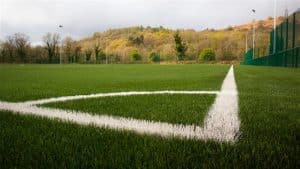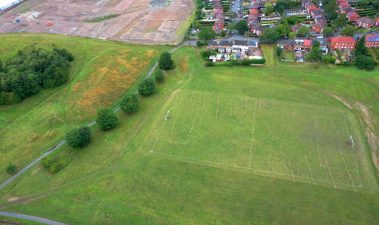Sport England has released an updated version of its Natural Turf for Sport design guide, providing fresh guidance to help clubs, local authorities, and facility managers develop safe, sustainable, and high-quality natural turf pitches for both community and competitive use.
The revised document offers detailed guidance on key aspects of pitch development including design principles, standard layouts, construction specifications, lifecycle and maintenance cost planning, and long-term replacement strategies.
The update was developed in consultation with national governing bodies, sports turf specialists, and contractor associations to ensure the guidance reflects current best practice and real-world conditions.
Among the contributors was STRI Group, who advised on technical content to ensure the recommendations are grounded in the realities of turf management.

For grounds teams and turf professionals, the new guide offers several benefits. By providing clear, up-to-date standards, it supports budgeting, planning, and informed decision-making around maintenance regimes. The lifecycle cost planning sections are particularly valuable, enabling operators to forecast funding needs and manage long-term investment more effectively.
With endorsement from Sport England and alignment with the expectations of national governing bodies, the guidance also strengthens the case for following recognised standards, helping clubs and local authorities to reduce disputes and streamline planning or funding applications.
Overall, the updated Natural Turf for Sport guide is a timely and practical resource. With input from STRI, it gives grounds staff, clubs, and planners a shared, technically robust reference for the design, construction, upkeep, and funding of natural turf pitches across England.
Download the guidance HERE



